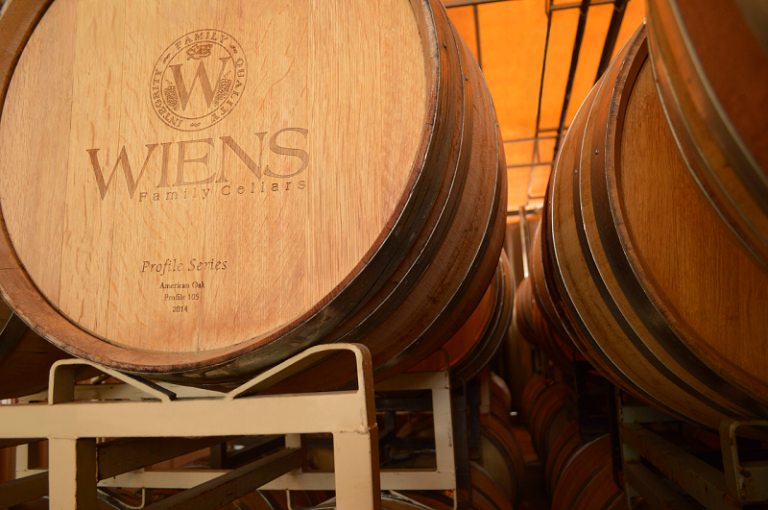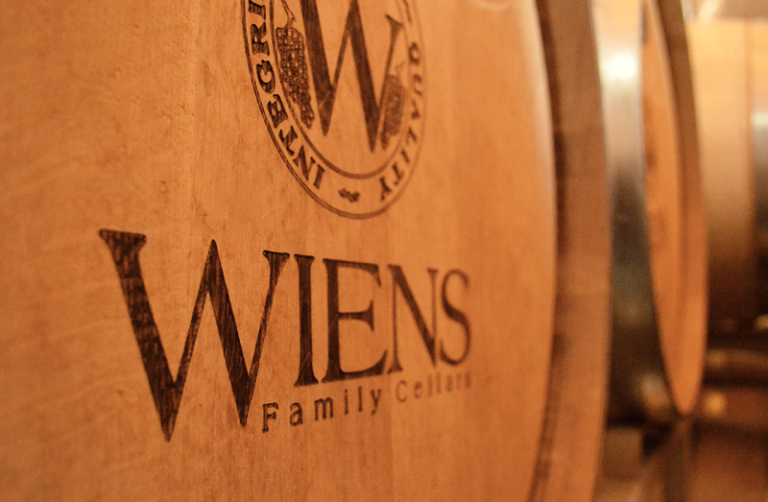Barrel aging is more than just a step in winemaking; it’s a transformative process that significantly shapes the final flavor profile of wine. Through this intricate technique, wines not only gain complexity and a richer mouthfeel but also inherit distinctive flavors from the barrels themselves. It’s a fascinating dance between nature and craftsmanship, resulting in a beverage that captivates and delights.
Understanding Barrel Aging
The Basics of Barrel Aging
Essentially, barrel aging involves maturing wine in wooden barrels, which influences the wine’s character and taste over time. This practice is common with various types of wines, from robust reds to select whites. The types of barrels used, primarily oak, chestnut, or acacia, each impart unique touches to the wine, enhancing its overall sensory profile.
The Influence of Wood Types
Each wood type has its own set of characteristics that it passes on to the aging wine. Oak is the most popular because of its robust structure and ability to enhance a wine’s longevity and complexity. Chestnut offers a more pronounced flavor, often quicker to release its characteristics into the wine, while acacia lends a delicate floral note, ideal for subtly influencing the wine’s aroma.
Types of Barrels and Their Characteristics
American vs. French Oak
Choosing between American and French oak barrels is a pivotal decision in the winemaking process, deeply influencing the flavor and complexity of the wine. American oak is known for its assertive flavors, often imparting a bold profile with pronounced vanilla and sweet coconut notes. The wider grains and higher porosity of American oak allow for a faster and more intense exchange between the oak and the wine, making it a favorite for wines that benefit from a stronger, more robust oak character.
In contrast, French oak is typically more reserved but equally influential, lending subtle spice notes, hints of pepper, and a textural complexity that can greatly enhance a wine’s elegance and finesse. The tighter grain of French oak provides a slower integration of oak flavors, which allows the wine to develop a more nuanced profile with greater depth and structure. This subtlety makes French oak a preferred choice for wines that aim to achieve a balance between the grape’s inherent flavors and the complementary characteristics of the barrel.
Innovative Barrels
As winemakers strive to differentiate their products and tailor their flavors, the use of innovative barrels has become more prevalent. These include barrels made from non-traditional woods such as acacia, cherry, and chestnut, each offering unique flavor profiles that can’t be achieved with traditional oak. Acacia, for example, imparts floral and fruity notes, making it ideal for white wines that benefit from a lighter, more aromatic wood influence. Cherry wood can add a touch of red fruit flavors and a smooth texture, while chestnut is often chosen for its ability to impart a subtle sweetness and spicy character.
Additionally, the use of hybrid barrels, which combine different wood types in one barrel (such as American oak staves with French oak heads), offers winemakers the ability to customize the flavor and aromatic profile of their wines more precisely. This blending of wood characteristics allows for a tailored aging process that can highlight specific aspects of the wine, providing a unique tasting experience that distinguishes it from others.
These innovations in barrel selection are not just about following trends but about pushing the boundaries of traditional winemaking to explore new possibilities in wine flavor and texture. By experimenting with different woods and hybrid barrels, winemakers can craft distinct, memorable wines that stand out in a competitive market, offering wine enthusiasts new and exciting tasting experiences.
Flavor Profiles and Wine Styles
Impact on Flavor: Adding Depth and Complexity
- Vanilla Notes: Often derived from the lignin in oak, vanilla is a hallmark flavor of barrel-aged wines, adding sweetness and depth.
- Smoky Undertones: Toasting the inside of the barrel imparts a subtle smokiness, enhancing the wine’s aromatic complexity.
- Spicy Accents: Spices like clove and cinnamon can emerge from the types of wood used and their treatment, lending warmth and zest.
- Fruity Enhancements: Depending on the barrel’s previous uses and the wood’s characteristics, hints of coconut or even caramel can be introduced, enriching the wine’s inherent fruity flavors.
Style and Texture Enhancements: Refining the Sensory Experience
- Body Building: Barrel aging can increase the body of a wine, giving it a richer, more robust mouthfeel.
- Tannin Softening: The wood’s tannins interact with the wine’s tannins, helping to soften the wine and make it less astringent, more approachable in its youth while still maintaining its potential to age gracefully.
- Complexity through Micro-Oxygenation: Barrels allow small amounts of oxygen to come into contact with the wine—a process known as micro-oxygenation. This controlled oxidation helps to stabilize the color and soften the tannins, resulting in a smoother palate experience.
- Aging Potential: Properly barrel-aged wines can develop more complex flavor profiles and structural nuances that enhance their ability to age in the bottle, allowing connoisseurs to enjoy them over a longer period.
Regional Practices in Barrel Aging
Old World Techniques
In traditional wine regions like Bordeaux and Burgundy, barrel aging is a revered art form. These practices emphasize the subtle enhancement of the wine’s existing qualities, respecting and reflecting each region’s terroir.
New World Innovations
In contrast, regions such as California and Australia are known for their innovative approaches, often experimenting with different barrel types to create unique, expressive wines that challenge traditional norms.
Challenges and Considerations in Barrel Aging
Cost and Sustainability
The decision to use new versus old barrels is not just a stylistic choice; it’s a major financial and environmental consideration in winemaking. New barrels are expensive and can significantly impact the cost of production, while old barrels often yield subtler flavor enhancements but can be reused multiple times, which is more sustainable. The wood sourcing itself raises questions of ecological impact and sustainability. Wineries must balance the need for quality with responsible forest management practices to ensure the long-term viability of wood resources.
Balancing Act
Mastering the art of barrel aging requires a nuanced understanding of how wood influences wine. The challenge lies in enhancing the wine without masking its inherent qualities. Too much time in a barrel or the use of an overly dominant wood type can overwhelm the wine’s natural fruit flavors, while too little may not achieve the desired complexity. Winemakers must carefully select the type, size, and age of barrels to complement the specific varietal’s profile, ensuring a harmonious balance that highlights the grape’s characteristics alongside the nuances introduced by the barrel.
The Future of Barrel Aging
Technological Advances
Innovation continues to shape the future of barrel aging. Techniques like precision toasting, where the inside of the barrel is toasted to exact specifications, and micro-oxygenation, which manages oxygen exposure during aging, allow winemakers to fine-tune the process. These technologies enable the creation of consistent and well-defined flavor profiles, offering winemakers greater control over the aging process and the ability to tailor flavors to specific market demands.
Consumer Preferences
As consumer tastes evolve, there is an increasing demand for wines that reflect both the character of the varietal and the subtle influence of barrel aging. Today’s wine enthusiasts often favor complexity without overwhelming wood presence, preferring a balance that showcases both the fruit and the nuanced contributions of the barrel. This shift has prompted winemakers to explore lighter toasting levels, alternative woods, and shorter aging periods to adapt to these refined palates.
As the industry navigates these challenges and opportunities, the practice of barrel aging continues to evolve, blending tradition with innovation to meet modern tastes and environmental standards. This dynamic interplay ensures that barrel aging remains a central, though ever-modifying, pillar of winemaking.
Exploring the art of barrel aging is to delve into a crucial, ever-evolving aspect of winemaking. This method remains indispensable in the production of diverse and flavorful wines. As winemakers continue to marry tradition with innovation, the possibilities for enhancing wine through barrel aging are boundless, promising exciting developments for the future of winemaking.




